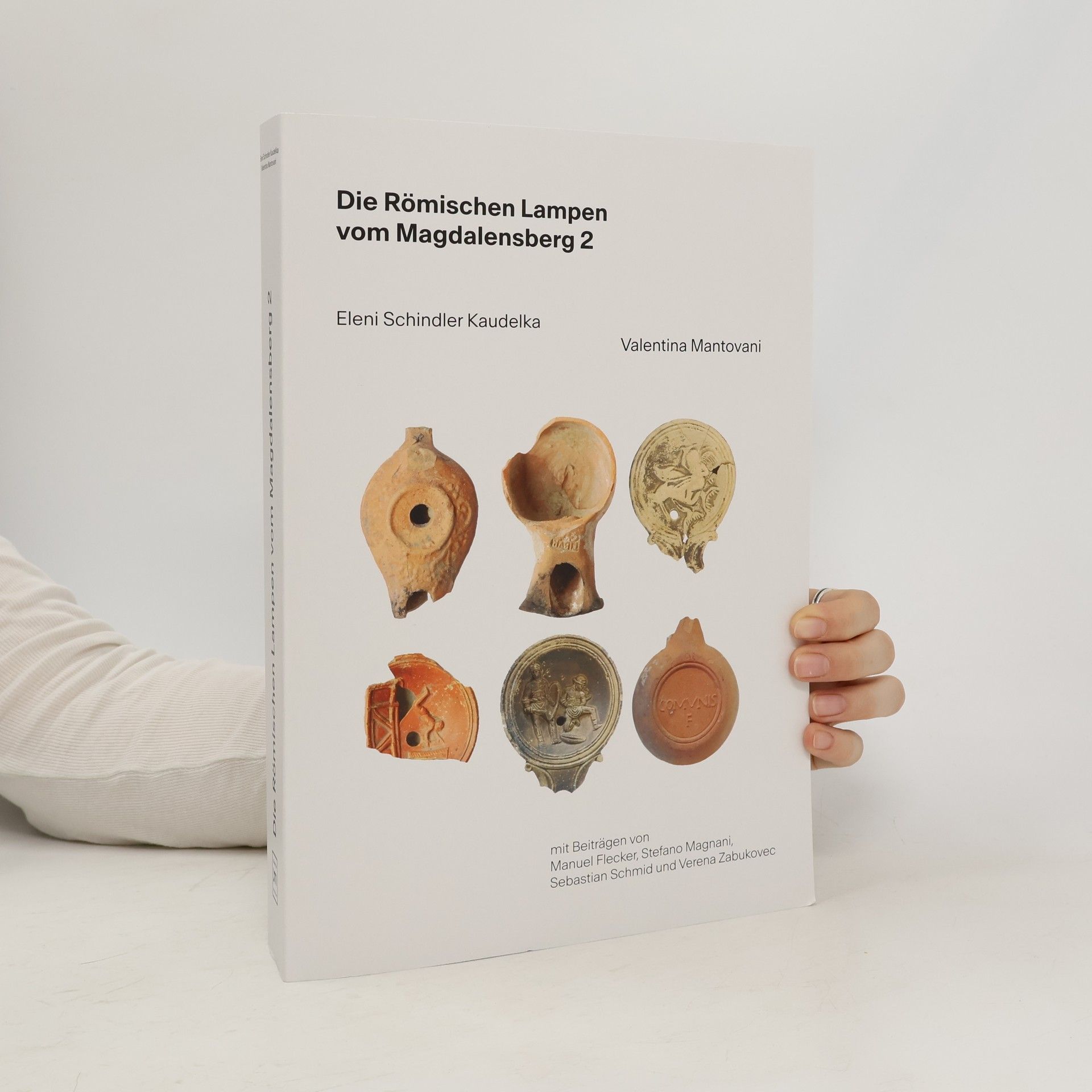Augustus ist tot – Lang lebe der Kaiser!
- 620pages
- 22 heures de lecture
The 2000th anniversary of Augustus’ death on 19th August 2014 received much attention abroad, but not so much in Germany apart from some biographies by ancient historians. The gap is closed by this substantial volume containing introductions by the editors and Tonio Hölscher as well as 23 papers on the fields of numismatics [4 papers], topography [3], the world of images [8], symbols and consequences [6], and reception history [2]. In detail, the authors discuss Augustus’ presence in the city of Rome, coin types and amounts, coins for Germanicus, different aspects of the Forum of Augustus, the porticus ad nationes, honours for Duilius and Augustus, buildings on the Palatine Hill, the ara pacis, images of imperial power on pieces of military equipment, a mythical image on a relief mirror, the tropaeum Augusti at Lugdunum Convenarum, pairs of luxury goblets made of silver from Augustan times, a bronze tropaeum from Cádiz, the beginning of architecture with large glass windows, portraits of Claudius, Augustus’ golden shield in the curia, inscriptions with gilt bronze letters, Augustan picture language after Augustus, and fascistic reclamation of Augustus and ancient Rome.

